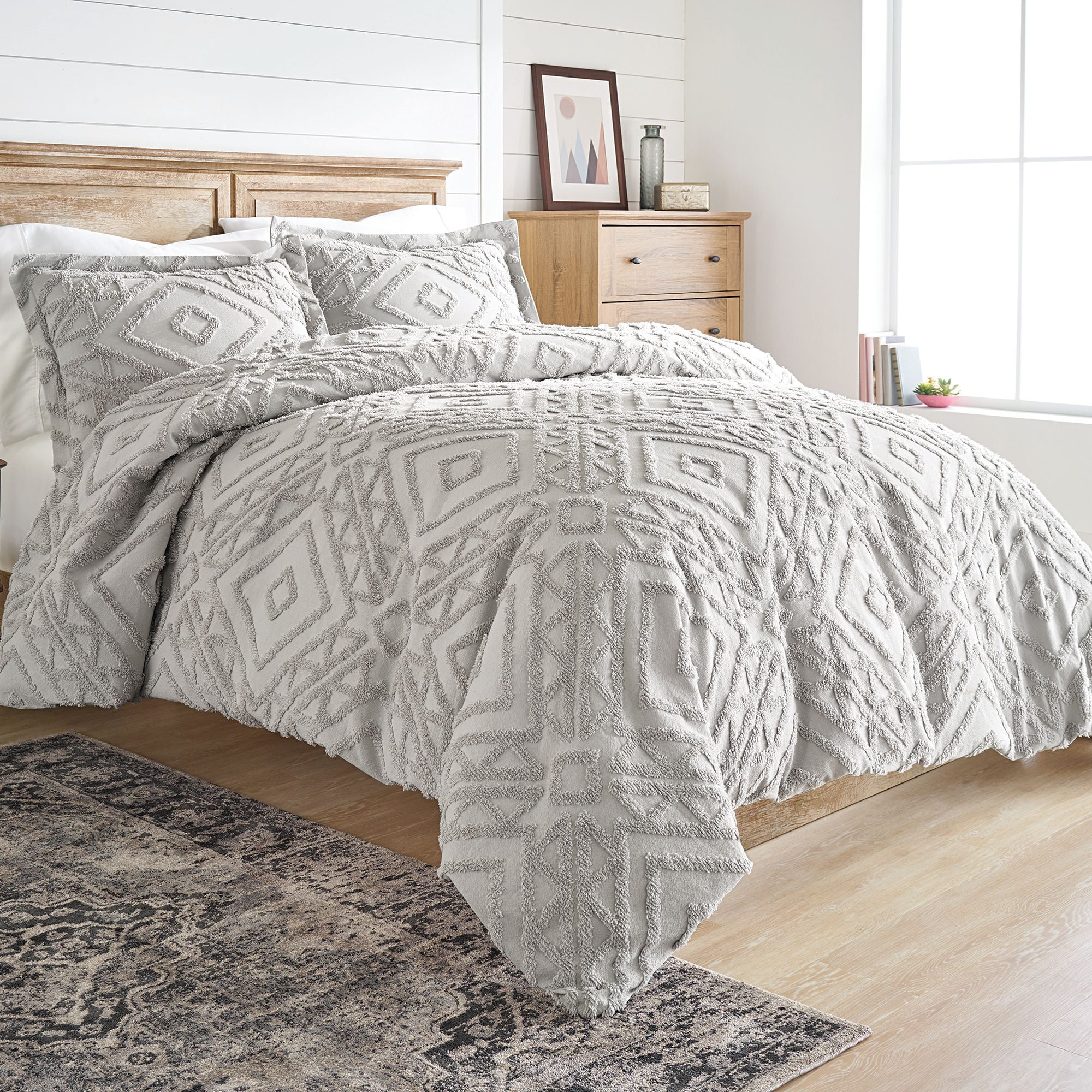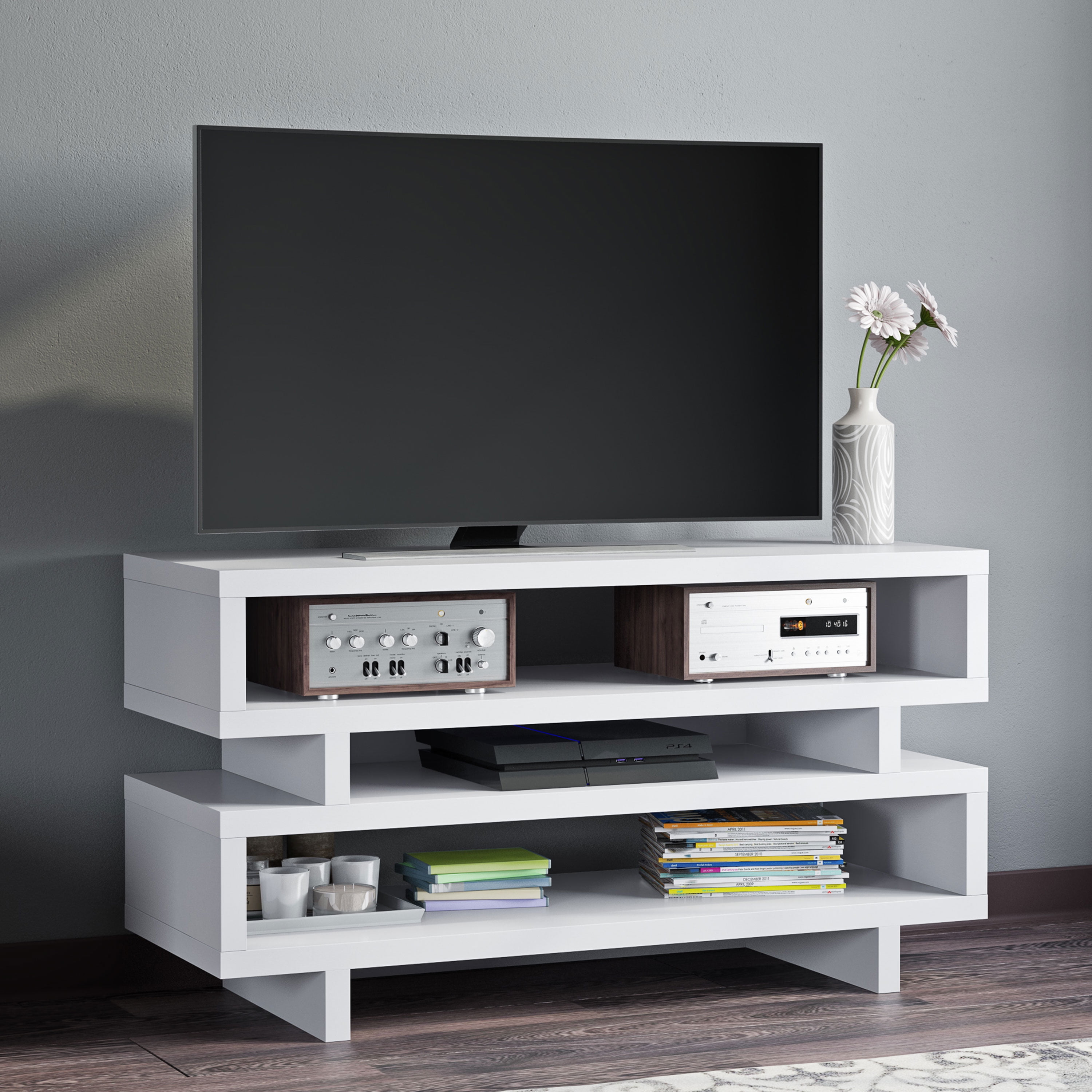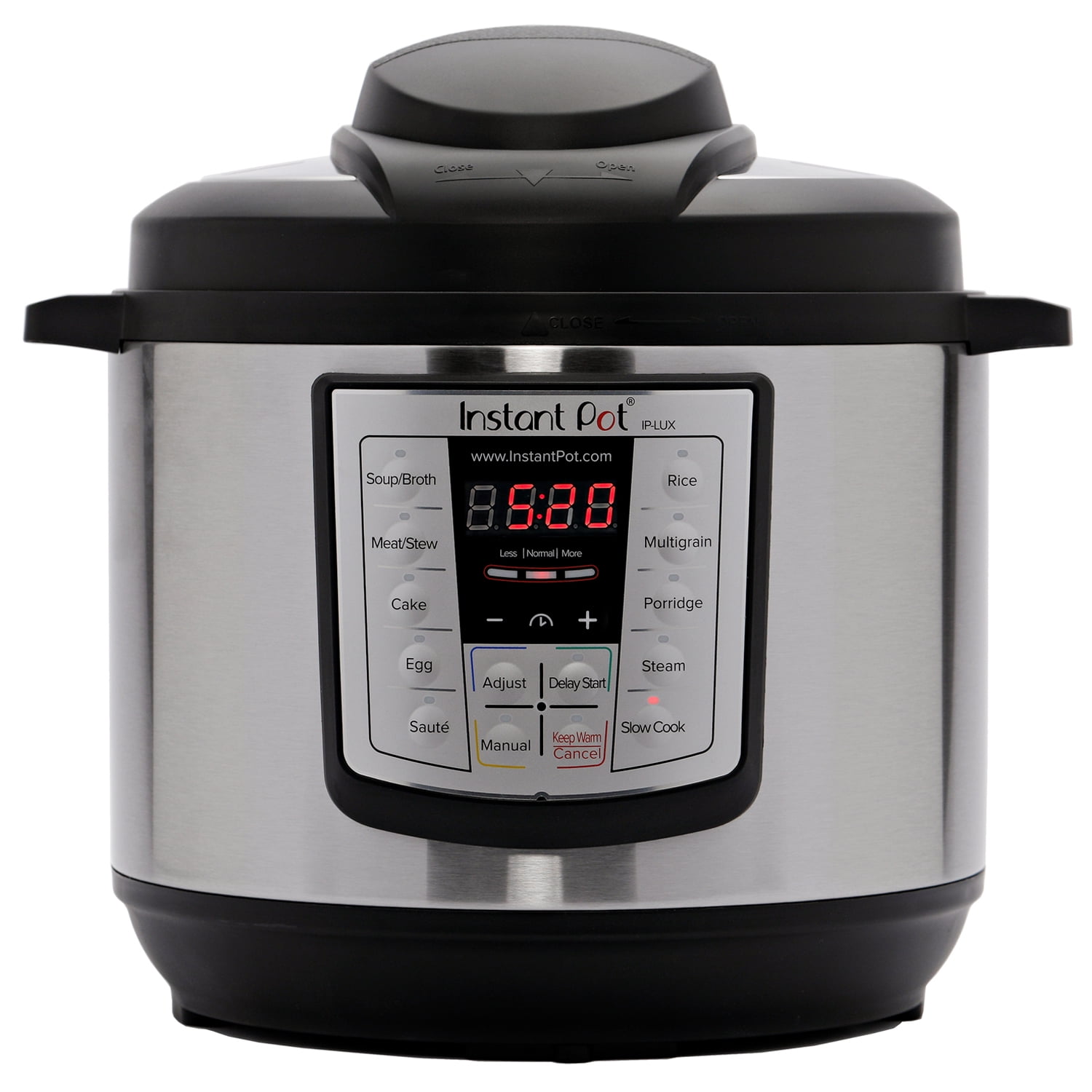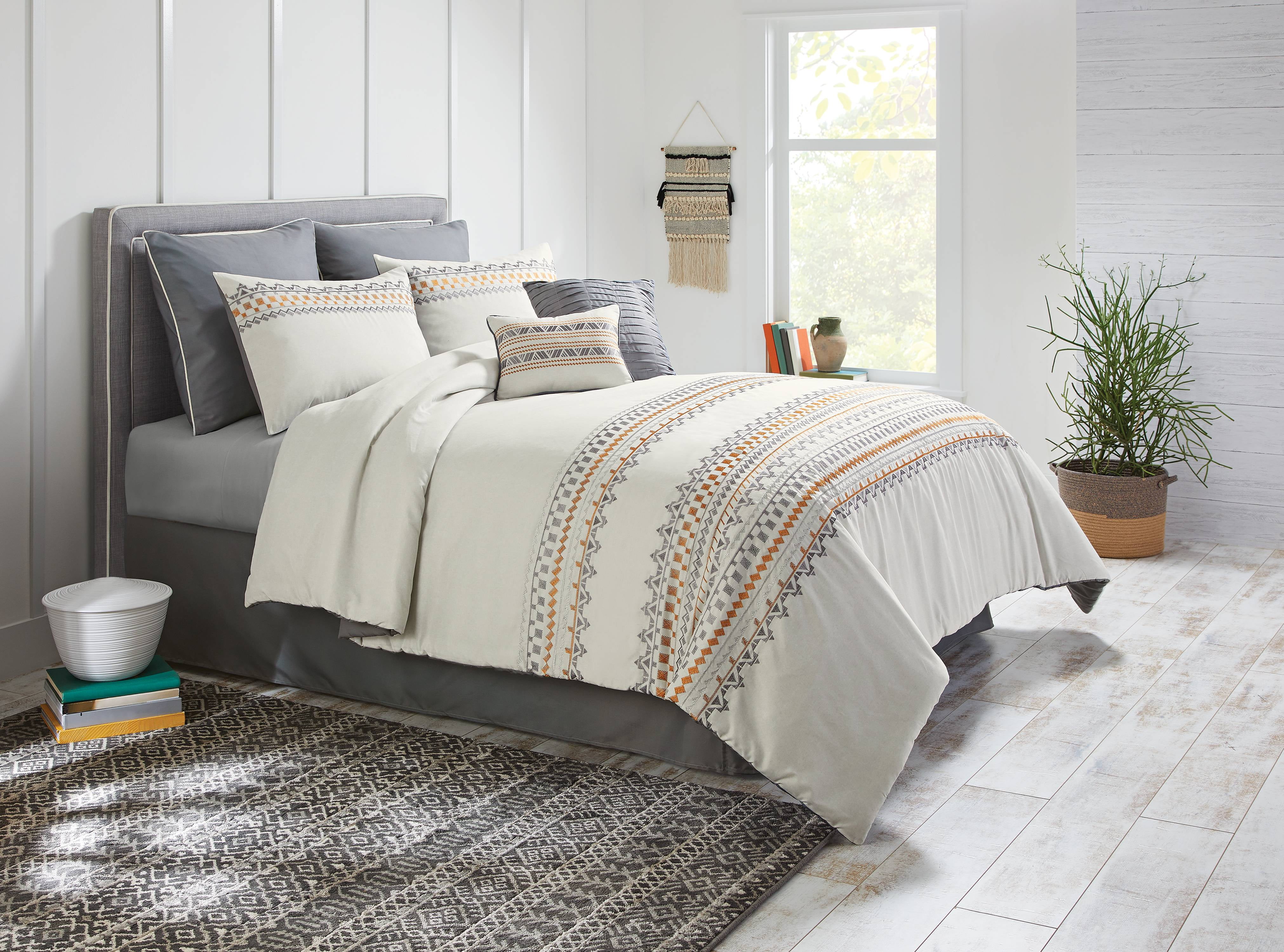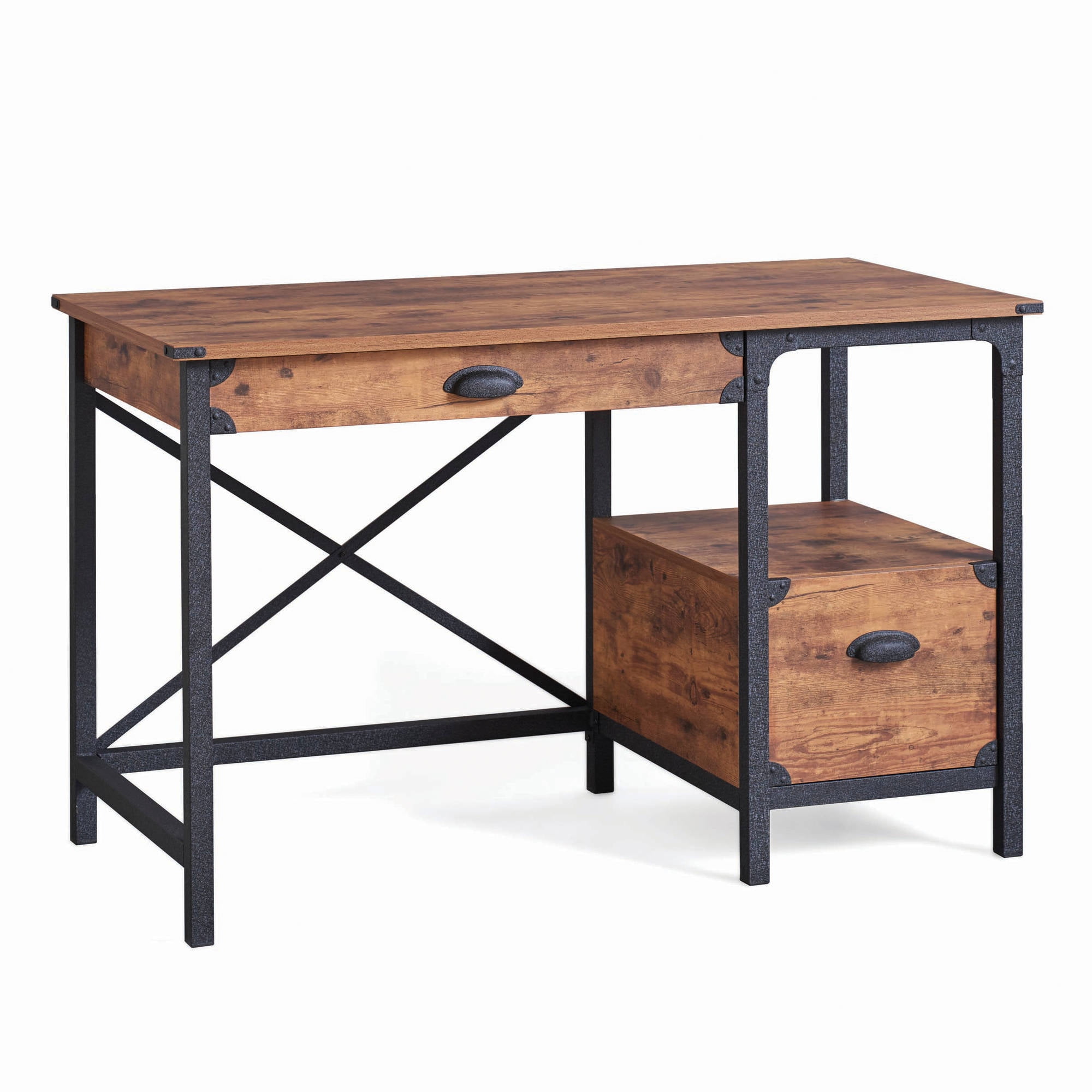Table of Content
Some may find they have a hacked router by receiving ransomware messages in their email. Ransomware is a type of cyberattack capable of encrypting digital files, systems, and other assets until you pay a demanded ransom. If you don’t, they’ll threaten to destroy, sell, or expose your stolen items.
Whether you’re working remotely from a coffee shop, checking email from an airport lounge, or streaming Netflix from home - your Wi-Fi connection may be vulnerable to attacks from cybercriminals. A smart mirror is basically a monitor or smart TV that can be camouflaged as a mirror when not in use. Like the smart refrigerator, a smart mirror can serve as a hub and includes a camera and microphone, making this a higher security risk than other devices on this list. While most kitchen devices would not draw a hacker’s interest, some prime exceptions are a smart refrigerator, Echo Show or any similar device that serves as a hub for other gadgets. Hubs are attractive hackable smart home devices because the intruder could then access your security system to weaken your home’s defenses. Any smart device that will be used for, by or around kids needs to be extra secure.
How do I secure my Wi-Fi router?
If any strange sounds come out from the camera, it is hacked. Security cameras that rotate have a definitive motion to turn. But if you feel that the camera is moving every time you are moving, then it’s time to take a closer look. We reviewed multiple ways how someone can hack into your phone or computer through WiFi.

Find out as much information about the program online as you can, and have your antivirus program scan the files to determine if they pose a threat. If you have one for your home devices chances are you can also download it on your phone. In turning off your Wi-Fi or bluetooth connection, less people will even have the option to try to connect or know that it exists further protecting you and your home. They can map rooms with lidar technology and recognize objects with cameras.
Take advantage of guest networks
There are many signs of a possible router hack that can throw up a red flag. Some are general and could apply to other router-related issues. Others are a sure sign that someone else now controls your router. Routers come with a standard amount of security, featuring a default firewall that helps block any malicious requests from the internet. Still have questions about how to tell if someone hacked your router? If you deal with these computer and network issues daily, there’s a good chance a hacker found a way to compromise your Wi-Fi router.

Instead, be aware of the dangers so you can create the best defense. Just as it’s wise to lock your car doors at night, you can securely indulge in all things “smart” by putting up a few quick safeguards. Your network should be protected by a strong, unique password.
How to protect your appliances from hackers
These files are often shared on closed networks by a computer which is controlled by the hacker so you think it would be safe to open. Hardware firewalls are useful tools to keep your smart appliances protected as well. If you’re not an expert, it’s difficult to make the distinction. This makes it more difficult for a hacker to compromise your entire home network once access is gained to a single appliance. As we’ve reported on occasion, the rush to evolve the smart home has some unintended consequences. Privacy and security are paramount for security cameras, highlighted by Ring’s hacking woes last year.
And be sure to set a strong password by following smart password creation habits. These simple steps will give any would-be Wi-Fi hacker a serious challenge. All routers have a username and password that’s used to access your router’s settings. Whenever you get a router, whether it’s new or used, immediately change the username and password.
A great option is to use a password manager to generate a secure, trustworthy password you can save in a safe location. Network vulnerabilities are a hacker’s best friend when it comes to breaking into home routers. A study surveying 127 homes found that each household’s router had at least over 100 vulnerabilities, compromising the Cyber Safety of all connected devices using that internet connection. These security gaps allow cybercriminals to install different types of malware that help hackers get ahold of your personal information. Your router likely connects to a DNS server provided by your ISP , but a hacker can change your router’s DNS settings so that it uses a malicious server instead.

When on a public or open Wi-Fi don’t log into any personal bank account or account with personal information. As long as we’re glued to our phones and computers we will be vulnerable to hackers, but there are steps you can take to protect yourself in a world of perpetual cyber conflict. “You technically have access to any resource in that local network,” Giese explained. With the vacuum compromised, he was able to scan for connected IP cameras and point of sales system at a retail store. Manufacturers typically have safety measures in place to prevent situations like this.
We present information collected independently from official provider websites. We regularly update the site in an effort to keep this information up-to-date and accurate at all times. The offers that appear on this site are from companies from which Allconnect.com receives compensation.
This server will lock you to specific websites that can steal your information and install malicious software on every internet-connected device you own. Issues with your router’s firmware can cause login problems, too, and if your network behaves normally but you just can’t log in, it’s probably not compromised. Wi-Fi Protected Setup allows you to connect devices to your internet without requiring a password. Instead, you’d use an eight-digit PIN located on your router.
So as long as you are not a celebrity or a billionaire, nobody will spend so many resources to break into your network. After submitting the correct password, the router sends back its MAC address. MAC address is an identifier of computer components, and in theory, it should be unique across billions of devices on the planet. The network card on your computer also has a unique MAC address. For instance, your neighbor can connect to your WiFi and use your internet for free.


